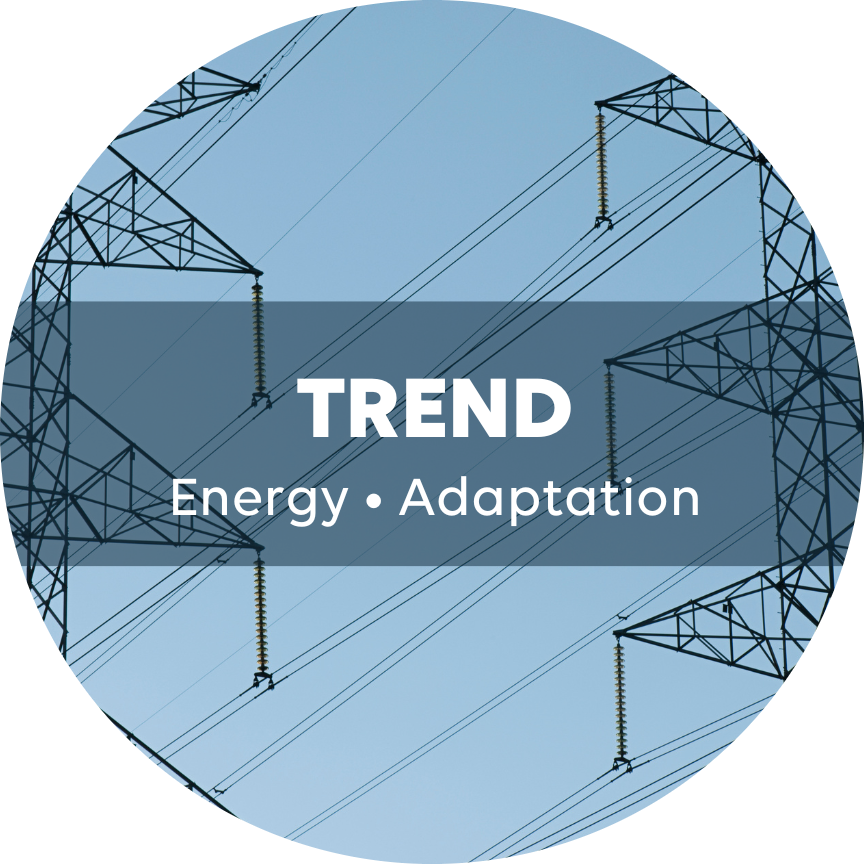Energy • Between the revival of fossil fuels and emergency sufficiency, the difficult process of adapting electricity grids
The challenges of a changing climate are considerable for energy grids and infrastructure, which encounter difficulties in ensuring enough supply to meet demand. Integrating adaption into transition scenarios and polices is now therefore more vital than ever.

The challenges of a changing climate are considerable for energy grids and infrastructure, which encounter difficulties in ensuring enough supply to meet demand during consumption peaks and times of reduced production capacities. In the United States, Europe, India, China and Brazil, the extreme weather events over the last year have highlighted the vulnerability of electricity grids. While gas, oil and coal offer a carbon-intense emergency solution to deal with shortfalls on the grid, the war in Ukraine has illustrated the cost of this dependence on fossil fuels in terms of strategic autonomy. Coupled with mitigation strategies, integrating adaption into transition scenarios and polices is now therefore more vital than ever.
- The energy market crisis has highlighted how exposed energy grids and infrastructure are to intensifying climate change. The conflict could hide more structural challenges arising from climate change.
- Aging infrastructure, concentrated production capacities, and insufficient anticipation of adaptation requirements are among the causes of grid vulnerability on infrastructural and organizational levels. “Maladaptation” itself becomes a factor in destabilizing the grid.
- Two main response models emerged in 2021 and 2022. Firstly, the emergency use of fossil fuels, which are more flexible, to take over from renewable production capacities, underlines the fact that ill-prepared adaptation can clash with mitigation strategies. In addition, the war in Ukraine brings a reminder of the geostrategic cost of such a dependence on fossil energy. As a result, accelerating the transition of the energy mix towards low-carbon energy sources is clearly a keystone in the strategy to adapt production networks in order to guarantee supply and strategic autonomy for States and non-state actors.
- The sudden propulsion of “energy sufficiency” to the top of the political agenda, in the form of emergency plans driven by States, opens up new horizons for directing demand in transition scenarios. The long-term consequences of energy conservation will be apparent in the years to come.
The adaption of energy actors and infrastructure requires adopting a holistic, ecosystem approach to energy issues in order to better control the domino effect (on a network or between different networks) and conflicts of use in the case of diminishing resources. Integrating data and long-term climate forecasting into the planning, sizing and operation of energy infrastructure is clearly crucial in order to anticipate the impacts of climate change on energy infrastructure and grids as soon as possible.


